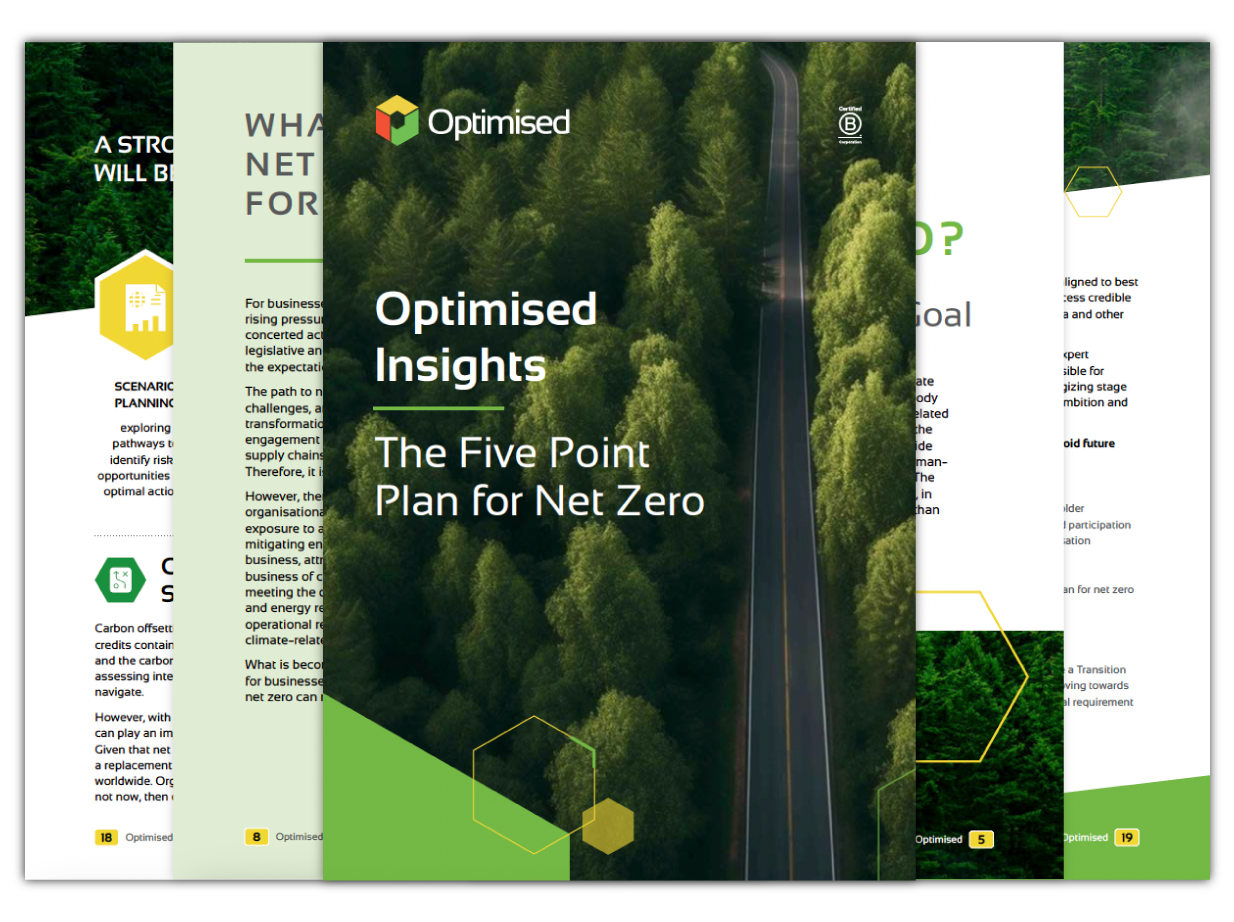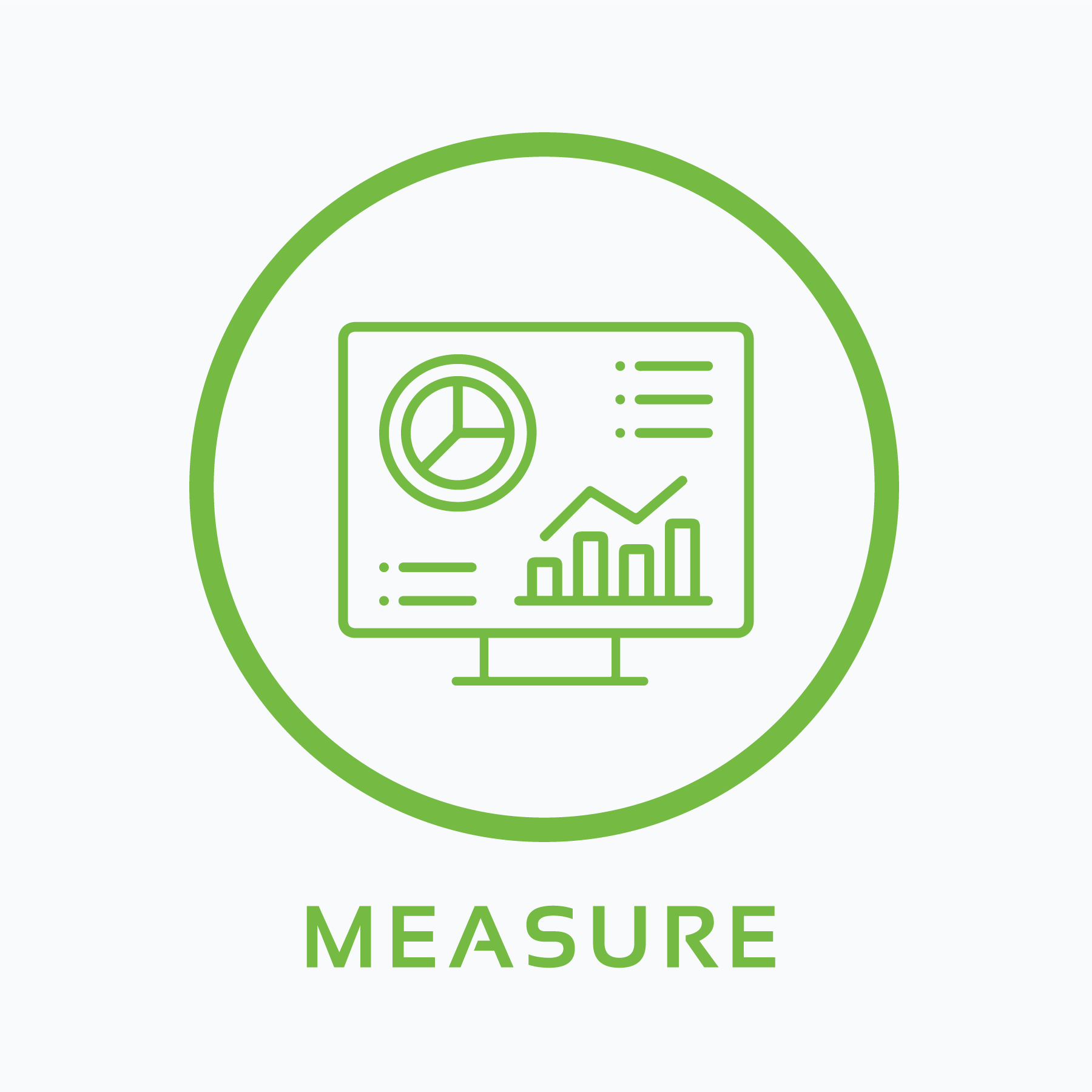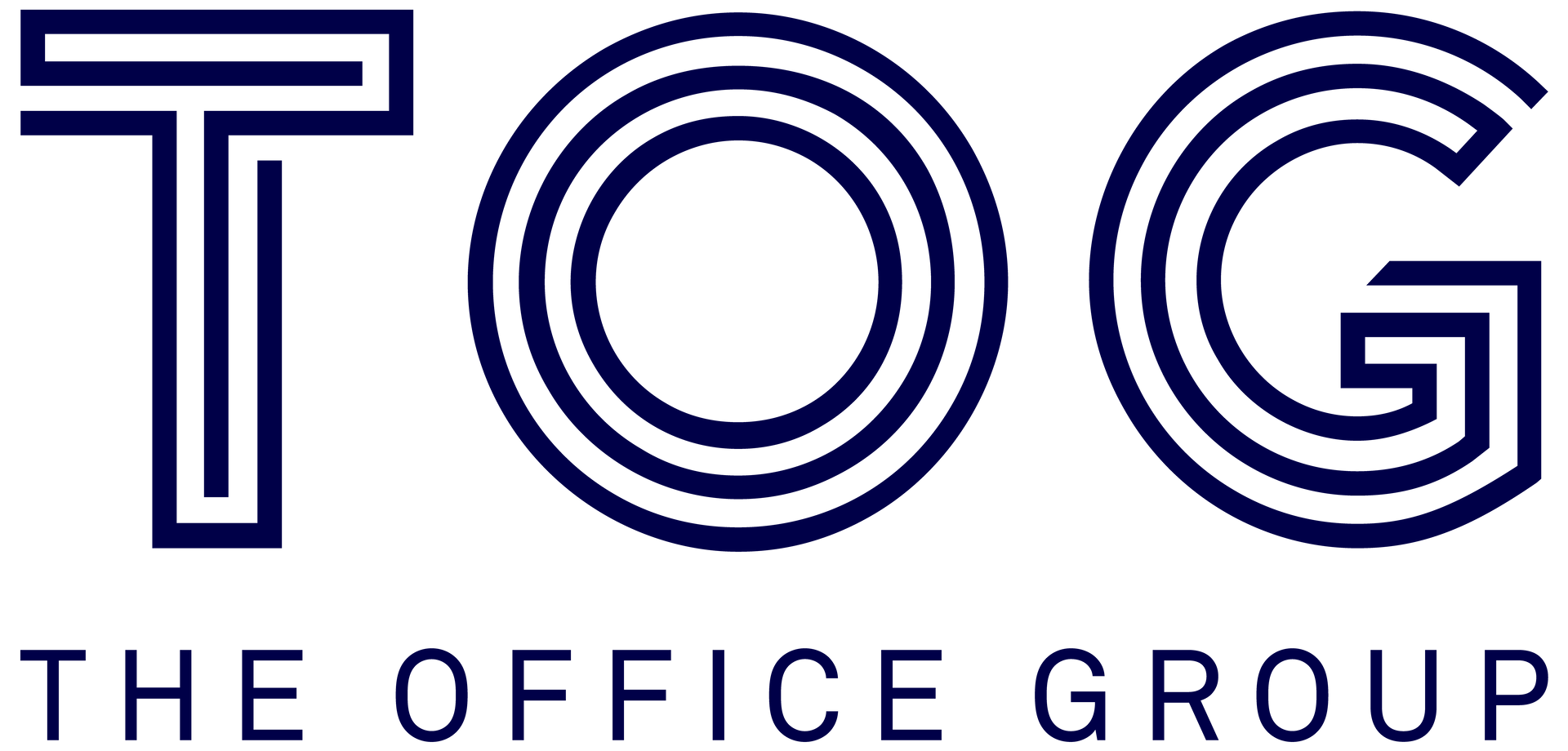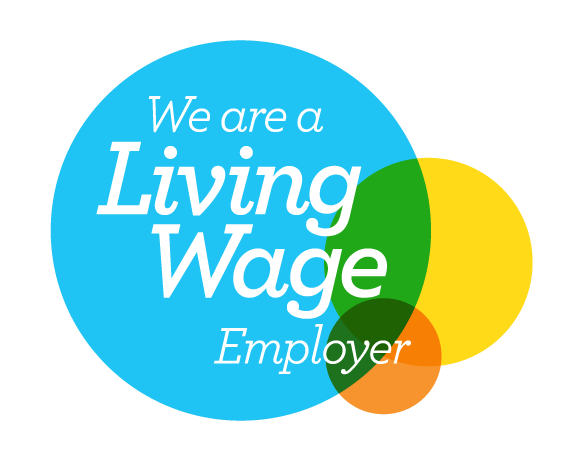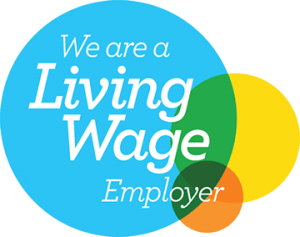Net Zero Consultants | Net Zero Strategy
ACHIEVE ENERGY EFFICIENCY AND REDUCE COSTS WITH COMPLIANT NET ZERO STRATEGIES
Create a net zero strategy, understand emissions and prioritise decarbonisation.
Net Zero Carbon Consultancy
Helping you on your journey to net zero
We have helped many UK and global organisations initiate or accelerate their journeys to net zero. Whether you have made progress to date or not, we tailor our approach to your requirements, starting from stakeholder engagement and competitor benchmarking through to carbon accounting, target setting and scope 1, 2 and 3 carbon abatement simulations.

BOARD-LEVEL INVESTMENT PLAN

STAKEHOLDER ALIGNMENT

SUPPORT YOUR NET ZERO TARGETS

Insight & guidance on carbon legislation
NET ZERO ROADMAP
WHAT IS A NET ZERO STRATEGY?
A net zero strategy can be considered a comprehensive plan or roadmap which outlines to a company, organisation or country how to negate carbon emissions in order to reduce the greenhouse gas impact. Net Zero strategies offer both economic and environmental benefits, boosting a company's reputation whilst improving the health of humans and the environment.
Net Zero STRATEGY Plan
OUR 5 STAGE APPROACH TO NET ZERO
In addition to our core decarbonisation offerings, we provide a holistic suite of services designed to prepare your business for a net zero future, including: Renewable Energy Purchase Agreements, Sustainable Procurement , Energy Efficiency Solutions, Engineering Services, Operational Policy Changes and Innovation Support.
NET ZERO COMPLIANCE
WHY IS NET ZERO SO IMPORTANT TO ACHIEVE?
The UK government have outlined their Net Zero Strategy: Build Back Greener which outlines a set of policies all sectors of the UK economy will need to comply with by 2050. Having a net zero strategy in place supports this transition towards the Government's new net zero policy, and ensures your company and organisation will be prepared and meet this deadline.
NET ZERO SOLUTIONS
OUR NET ZERO CONSULTING APPROACH
We take a hands-on approach to help you set and achieve ambitious carbon reduction targets. Our Net Zero Transition Framework ensures that we support you at every stage:

ADVISORY
We help with greenhouse gas emissions baselining, setting net zero ambitions, carbon footprinting, climate adaptation, resilience planning, carbon abatement simulations, and creating your net zero roadmap.

REPORTING
We assist with both voluntary and mandatory carbon reporting and benchmarking, ensuring compliance and transparency.

energy transition
We support your decarbonisation efforts by providing detailed energy assessments,
net zero transition plans, and access to cutting-edge technology.
NET ZERO Carbon FAQS
GOT A QUESTION ABOUT NET ZERO?
SUPPORTING BUSINESSES WITH NET ZERO
WE HELP MANUFACTURING AND PUBLIC SECTOR COMPANIES ACHIEVE THEIR NET ZERO GOALS + MANY MORE
Manufacturing Net Zero Consultants
Reducing scope 3 emissions & decarbonising supply chains is becoming increasingly critical for businesses, which is putting pressure on manufacturers to do reduce their carbon footprints and support their customers in achieving Net Zero.
We support UK Manufacturers achieve Net Zero through a range of consulting and engineering services.
Public Sector Net Zero Consultants
Helping Public Sector organisations develop tangible Net Zero pathways, aligned with the UK Government’s commitment to halve direct emissions from public sector buildings by 2032.
While covering scope 1, 2 & 3 emissions, encompassing strategy development, stakeholder alignment and data management.
Other Industries We Help Achieve Net Zero
Commercial Real Estate
Supporting landlords address all aspects of their energy requirements & challenging decarbonisation targets.
Retail
Helping retailers understand their energy usage nationwide, reducing consumption, costs and carbon.
Hospitality
Allowing Hospitality chains to transition to Net Zero without compromising guest comfort.
NET ZERO STRATEGY FOR BUSINESSES
HOW CAN BUSINESSES ACHIEVE NET ZERO?
There are many methods businesses can adopt to achieve Net Zero. An effective net zero strategy will create a bespoke plan for that specific business. These strategies may include but are not limited to: utilising renewable energy sources, carbon offsetting with green initiatives, implementing smart technologies, and offering employee training to raise awareness of workplace practices.
NET ZERO IMPACT
HOW DOES NET ZERO IMPACT BUSINESSES?
Achieving net zero offers many exciting opportunities for business growth, and presents a positive representation and image of your business to potential business partners and customers. Certain opportunities include but are not limited to: reaching new markets, having a competitive advantage, reducing operational costs, achieving regulatory compliance and adapting to long-term sustainability.
NET ZERO CONSULTANTS UK
Unlock sustainable success with data-driven solutions
We'll work with you to create an ambitious but feasible decarbonisation strategy, tailored to your business needs and aligned with industry best practice. From a strong base of verifiable emissions data, modelled within our proprietary analytical tools, we help you identify and simulate cost-effective net zero transition plans.
DECARBONISE YOUR ORGANISATION
THE FIVE POINT PLAN FOR NET ZERO
In a world of rising regulation, investor pressure and climate risk, organisations can no longer afford to delay on decarbonisation. But the path to net zero is complex — and every business’s journey is unique.
That’s why we’ve created The Five Point Plan for Net Zero, part of our Optimised Insights series. This free guide outlines our five-stage framework to help your business move from carbon ambition to confident action.
